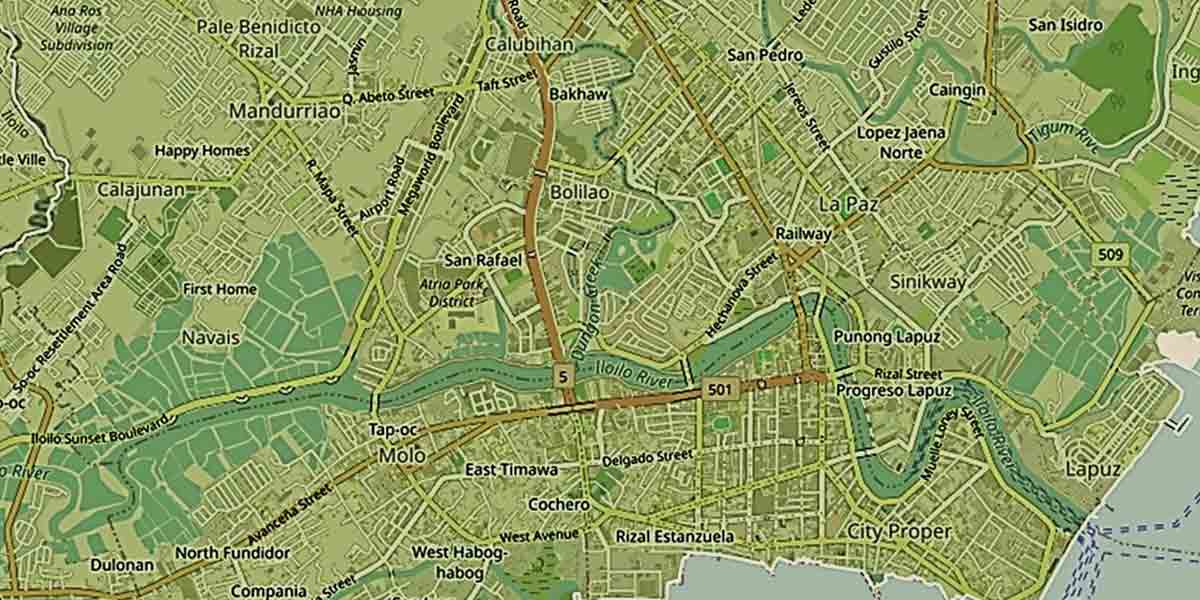By Herbert Vego
AN updated report from National Disaster Risk Reduction and Management Council (NDRRMC) estimated the damage to agriculture due to tropical cyclones Kristine and Leon at P6 billion.
The lion’s share of that loss is rice production at P4.2 billion.
Because of those figures, we rightly fear that the country’s rice farms would fall short of domestic demand and necessitate importation.
No less than Department of Agriculture (DA) Secretary Francisco Tiu Laurel Jr. told the media in a press conference that the two typhoons had “hurt our production as we are already at harvest period this wet season. It is sad news that areas ready for harvest have been reportedly flooded.”
The Masagana Rice Industry Development Program has forecast a loss of 358,000 metric tons in the projected palay harvest of 19.41 million metric tons this year.
For now, farmers can only hope for government interventions aimed at helping them recover before abandoning farming for a living.
The more optimistic DA spokesman, Arnel de Mesa, said that the DA had allocated P541.02 million worth of agricultural inputs, such as rice, corn, and vegetable seeds; as well as drugs and biologics for livestock and poultry for distribution in affected areas.
The Philippine Crop Insurance Corporation (PCIC) is also offering an indemnification to refund expenses for wasted inputs. Sad to say, a refund is grossly inadequate and does not compensate the farmers for the expected income they could have gained under normal conditions.
There is also a P500-million fund available for the Survival and Recovery (SURE) Loan Program of the Agricultural Credit Policy Council (ACPC) with up to P5,000 loanable amount (a pittance, unfortunately), payable in three years at zero interest.
“Neglected” is the adjective that best describes Philippine agriculture. Everybody knows of farmers who have quit to the point of selling their lands to subdivision developers to abort “dying.”
Obviously, that is one of the reasons why we have low rice production and why we are importing rice from other Asian countries to feed 118 million Filipinos in our archipelago.
Prices of imported crops cannot be matched by local farmers, who have to foot the total cost of production themselves because they get no subsidies from the government that would allow them to be price-competitive.
This is the reality that invites importers and smugglers to make a killing by importing cheap rice, keeping them in storage and selling them at higher prices whenever local production drops.
The farmers themselves are diminishing in number, since they discourage their children to be like them. They would rather see their children finishing a profession that would ensure a well-paying and stable employment.
Rice importers often justify their opportunism by blaming Filipino farmers for being so inefficient that their costs of production are too high, making them uncompetitive with foreign exporters.
The truth, however, is that our farmers can’t compete because our agricultural market has become a dumping ground for foreign commodities that are highly subsidized by their governments.
Come to think of it: We have politicians who are engaged in grain importation. They would be the last ones to promote the welfare of our disappearing farmers.
-oOo-
MORE POWER LAUDS CITY GOVT.
MORE Power congratulated the Iloilo City Government for winning the “Most Competitive Highly-Urbanized City (HUC) Award.”
MORE Power President/CEO Roel Castro lauded Mayor Jerry Treñas for working hard to deserve the award from the Department of Trade and Industry (DTI) Region 6, manifesting his commitment to effective governance, sustained economic growth, and public-private partnerships.
Castro cited the collaborative approach that has propelled Iloilo City forward: “This success highlights the impact of a shared vision, strong leadership in the local government, and cooperation from the private sector.”
Castro added that the collective efforts of the city government and its partners had enabled Iloilo City to excel, with MORE Power proud to be part of this journey by providing reasonable power rates to residents and businessmen in the city.























